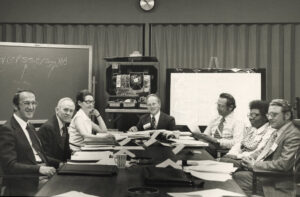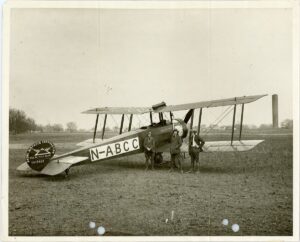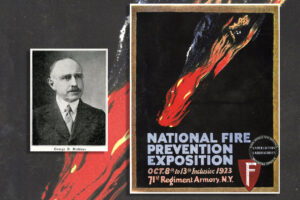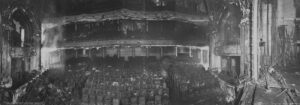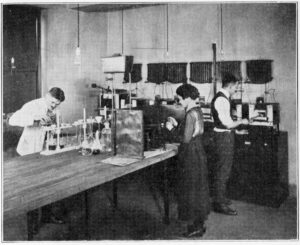UL Enterprise Taps Into Council Expertise to Pursue Safety Mission
Evolving for the future by building on a legacy of partnership
When members of the inaugural Council of Underwriters Laboratories convened for the first time on June 8, 1911, they had a busy meeting ahead of them. Among other actions, the council assigned topics to each of the council’s three engineering sections, recommended the appointment of two additional council members, and resolved that only rubber-covered wire that had met the Label Service of Underwriters’ Laboratories was acceptable.
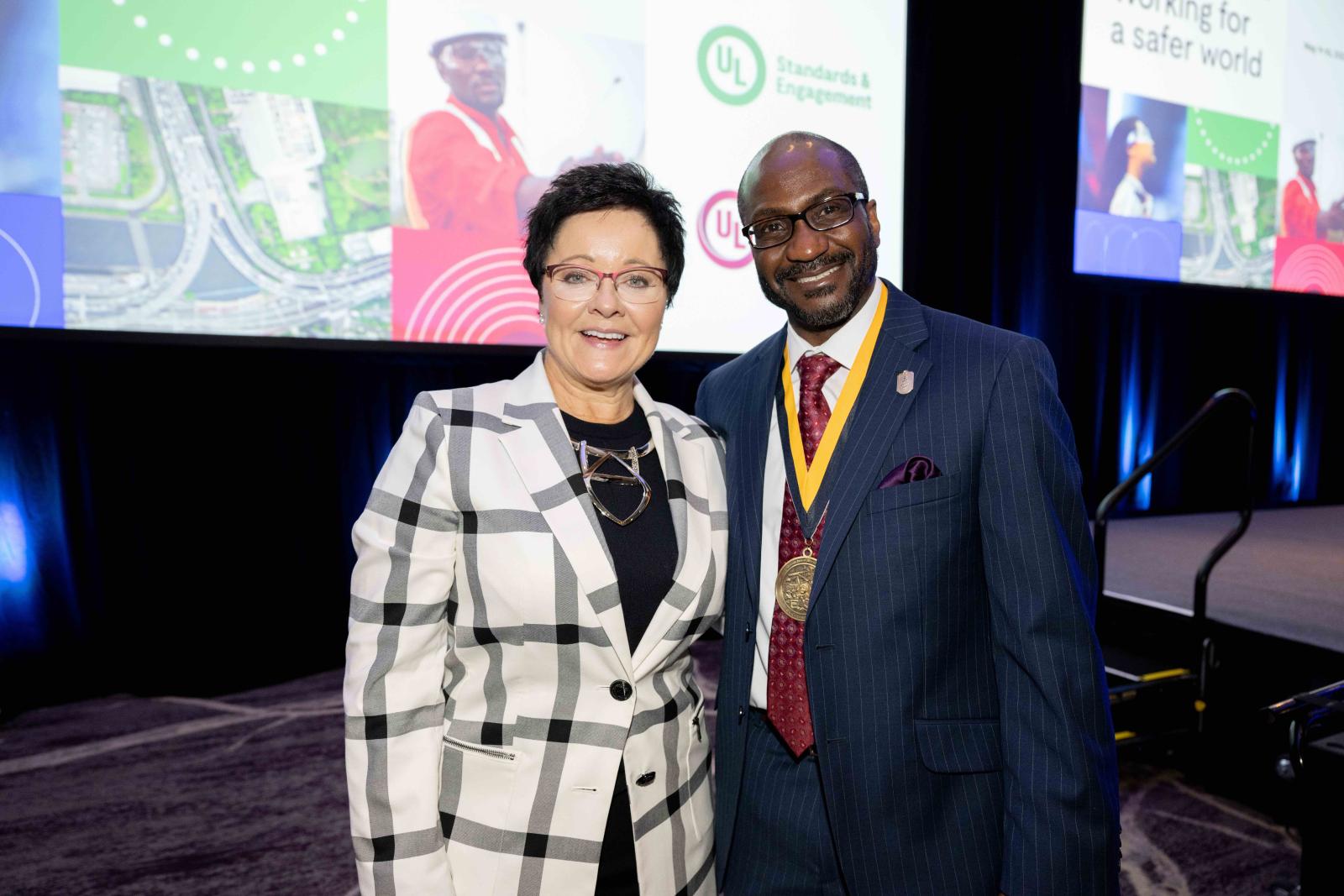
That was just the beginning. As safety science as we know it today took root, the councils grew. The council soon spun off its engineering sections to create three separate councils — the Electrical Council, the Fire Council, and the Casualty Council. Over the years, these and other UL councils have:
- Provided valuable input on the safety requirements for smoke alarms and smoke detectors and for new technologies that have advanced electrical and consumer product safety
- Convened key stakeholders to address safety in biofuel storage and dispensing equipment
- Shaped requirements for installation reviews of emergency communication systems, helping first responders better communicate during a crisis
- Reviewed electrical and fire research that supported the development of groundbreaking battery energy storage system safety requirements, laying the foundation for the safe global deployment of electrification technologies
Partnering to tackle today’s safety challenges
Though their number and tasks changed as time passed, today’s UL enterprise councils are as active as ever. Comprising experts from government agencies, regulators, scientific and educational institutions, and industry organizations, the electrical and fire councils that most recently met last May provided advice and guidance for all three UL organizations on topics ranging from lithium-ion battery fires to a future driven by electrification.
“After over 110 years each, the topics of (the) fire and electrical (councils) have never been more relevant than today,” said Robert Slone, UL Solutions senior vice president and chief scientist. “If we just look at the challenge of lithium-ion battery fires we see both councils highly engaged and relevant now and far into the future.”
Council members last month tackled issues with both expertise and enthusiasm. Indeed, Chris Cramer, senior vice president and chief research officer for UL Research Institutes (ULRI), said he was heartened by the visible interest that council members displayed in ULRI research institute accomplishments and plans.
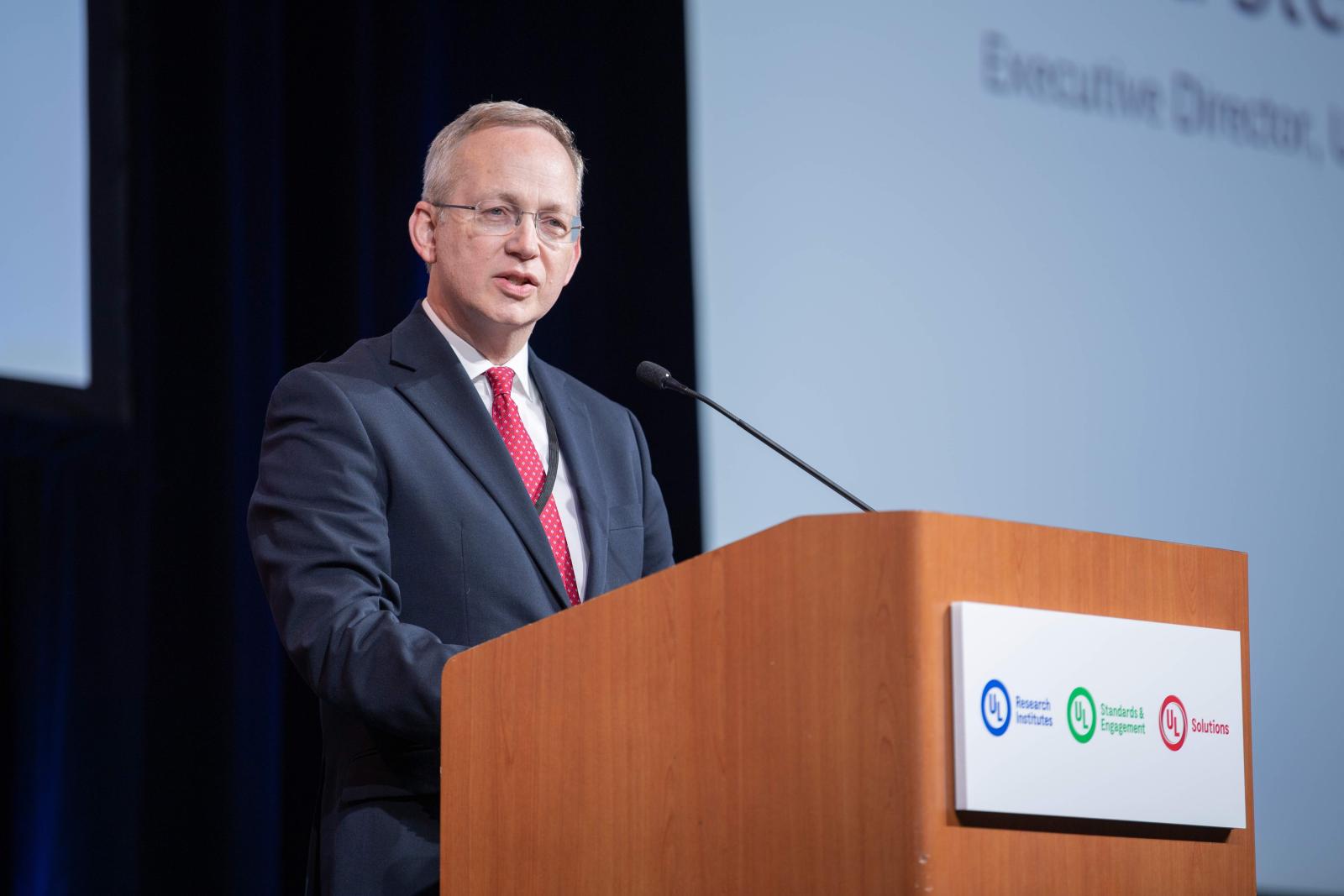
David Steel, executive director of UL Standards & Engagement, highlighted the value he derives from hearing council members discuss the most current safety issues. “We received great guidance and real-world experience relating to a broad array of topics,” agreed Dwayne Sloan, director, principal engineering for UL Solutions’ built environment business and chair of the fire council.
Among the topics covered by the fire council were fire compartmentation, developments in lithium-ion batteries, energy storage systems, new consumer fire extinguishers, and exterior wall fire challenges. Electrical council members considered the U.S. Department of Energy’s Solar Automated Permit Processing Plus (SolarAPP+) tool, decarbonization, and safe, sustainable electrification, among other topics.
“The electrical and fire councils continue to play a critical role in identifying real-world challenges that we can solve together, and to provide invaluable feedback for us in developing practical solutions,” said Ken Boyce, senior director, principal engineering for the UL Solutions industrial business and chair of the electrical council. “These leaders in their fields are enthusiastic supporters of the UL enterprise and our mission.”
Photo Gallery
PUBLISHED
